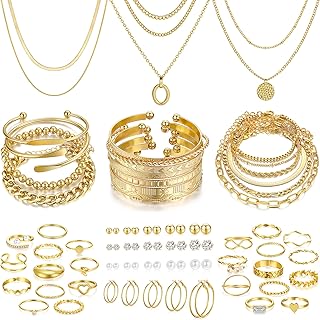Geopolitical conflicts in the Middle East have historically influenced gold prices, with investors flocking to the precious metal during times of uncertainty. However, recent market trends reveal a more complex relationship between regional tensions and gold valuations. Despite heightened tensions between Israel, Iran, and other players, gold markets have displayed unexpected stability. This calm response can be attributed to various factors, such as gold already factoring in geopolitical risks and investors focusing on broader economic indicators like inflation and interest rates.
Market experts suggest that conflicts in the Middle East may sometimes serve as convenient distractions from underlying economic issues. When economic slowdowns occur, policymakers and commentators often attribute them to regional instability rather than addressing core economic weaknesses. This narrative gains traction as markets swiftly refocus on central bank policies amidst ongoing geopolitical turmoil.
The traditional inverse relationship between gold and the US dollar has been evident in recent years, with the dollar weakening significantly. Despite favorable monetary policies by major central banks, the dollar continues to decline, signaling deeper structural issues beyond interest rate differentials. This weakness sets the stage for potential further declines, especially as the Federal Reserve prepares for rate cuts.
Some analysts believe that we are currently in the midst of a monetary reset rather than anticipating it as a future event. Central banks worldwide are accumulating gold reserves at unprecedented rates, indicating a loss of confidence in fiat currency systems. Major events like the freezing of Russian reserves and potential changes in Federal Reserve leadership have accelerated this reset process, reshaping the global financial landscape.
The surge in central bank gold purchases, surpassing historical averages, underscores a strategic shift towards gold as a fundamental asset rather than a tactical investment. This trend, coupled with movements towards repatriating gold reserves, signals a broader loss of faith in traditional financial systems. The ongoing accumulation of gold by central banks reflects preparations for a new monetary framework.
For investors, the question of when to sell gold poses philosophical dilemmas, especially for those viewing gold as a long-term wealth preservation tool. While some advocate for never selling gold, others consider scenarios like asset rotation opportunities, historical purchasing power milestones, and favorable price points for hard asset acquisitions as potential selling points.
Gold’s peak value often coincides with periods of extreme economic distress, creating a paradox where the metal’s maximum purchasing power aligns with challenging economic environments. The historical performance of gold during hyperinflationary events and banking crises highlights its role as a safe haven asset during times of turmoil.
While gold remains a focal point in precious metals markets, silver has demonstrated notable technical strength, with consistent trading above key price levels. Silver’s dual role as a monetary and industrial metal, along with its lower price point compared to gold, positions it as an entry point for investors transitioning into precious metals. Silver’s historical performance patterns suggest potential future outperformance during bull market peaks.
Looking ahead, several factors are expected to influence precious metals prices, including further dollar weakness, escalating geopolitical tensions, and banking system instability. As the global monetary system undergoes a transition, physical precious metals like gold and silver are seen as insurance against systemic disruptions. The ongoing monetary reset process is likely to drive continued strong performance in precious metals markets.
📰 Related Articles
- Gold’s Stability in Volatile Markets: A Reliable Investment Option
- Gold’s Stability and Growth: A Smart Investment Choice
- Gold’s Stability and Diversification Benefits for Investors
- Gold’s Stability Amid Market Volatility: A Diversification Essential
- Gold’s Stability Amid Market Turbulence: Investment Strategies Unveiled






